US Army Develops An Ambitious New 3D Printer
I’m reading a novel about the Vietnam War just now, and a couple of times the author mentions the sort of buildings the soldiers live in – plywood huts, surrounded by a four-foot-high wall of sandbags for protection against mortar and rocket attacks. That made me smile, because although the novel is set in 1968 it sounds very like my office at the US Marine base in Helmand, Afghanistan in 2010 – a plywood hut, surrounded by a four-foot-high wall of sandbags. I’ve also seen variations on the theme; for example, in Mazar-e Sharif, Afghanistan, I lived in a portacabin surrounded by a four-foot-high wall of sandbags.
Military forces deployed overseas need a lot of buildings – accommodation, offices, stores and so on – so armies are good at quickly throwing up plywood huts or containerised buildings. These are fast and simple to build, but unfortunately they’re not what you’d call robust. When disgruntled locals start lobbing rockets and mortar bombs into the camp, which they always do, the flimsy buildings need to be protected. That’s where the sandbags come in; when things start exploding you get on the floor, so any shrapnel that was on course to hit you will be intercepted by the sandbags. Unless the bomb lands inside the sandbag wall, of course, in which case you’re stuffed.
Is There An Alternative?
Now the US Army has found a better way to put up buildings quickly, while also making them better protected – it’s going to 3D print them. A new deployable 3D printer will be able to quickly create concrete buildings that can resist shrapnel, so they won’t need the traditional wall of sandbags. Of course, being a 3D printer it can also make other things – gatehouses, bunkers, even small bridges.
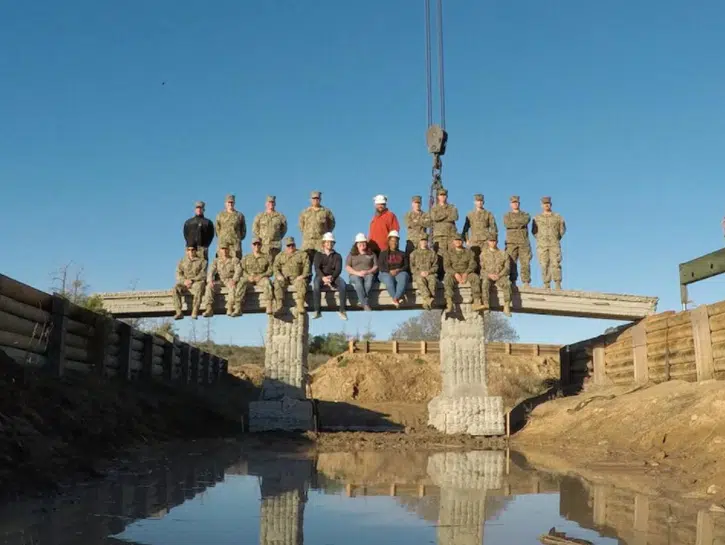
This footbridge was printed by US Marine Corps engineers.
The Automated Construction of Expeditionary Structures (ACES) project, run by the US Army Corps of Engineers, has come up with a new design of large 3D printer that can be deployed with the first wave of troops and quickly start creating all the buildings they need. Built by Caterpillar and called ACES Lite, it packs into a single 20-foot shipping container and can be set up in 45 minutes by a three-man crew. Unlike earlier building printers it doesn’t need special concrete; it can use local materials and will connect to any cement mixer, so local contractors can be hired to bring in pre-mixed concrete and supply it straight to the printer. A computer-controlled feed head will then lay down precise layers.
Does It Work?
So far the ACES Lite prototype has been used to create a variety of buildings and a foot bridge. The next demonstration will be a vehicle bridge – something that, currently, would be built with expensive combat engineer bridging equipment. It can print buildings with complex curved wall shapes that are almost impossible to create with conventional methods, wall thicknesses can be varied to increase the protection level, for example in a reinforced bunker, and it can produce hollow walls ready to be filled with insulation. Best of all, it does this quickly and efficiently. In one day a team of three, with the ACES Lite, can print a building that a team of eight traditional combat engineers would have taken five days to build.
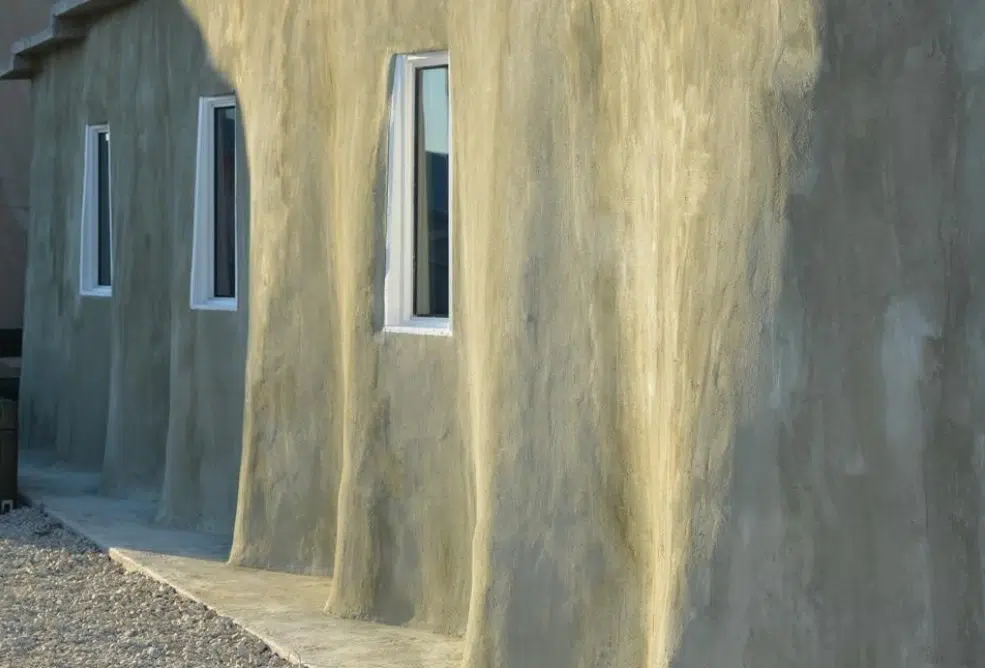
Printed buttresses make this barracks wall immensely strong.
The US Army plans to have the first ACES printers in service next year, and NASA is already taking an interest – they’d like to send one to the moon and use it to print a base there. Engineers believe the versatile machine can create structures using concrete made from regolith, the rock dust that coats the lunar surface. If space is the final frontier, 3D printing is on the verge of crossing it.

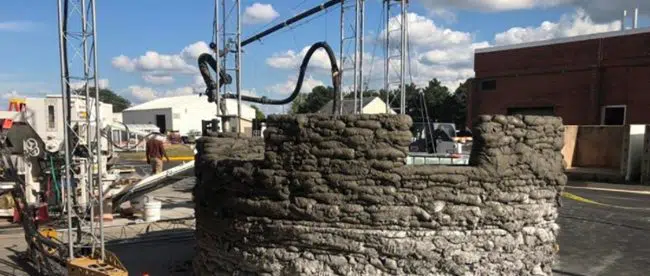
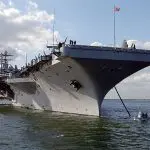
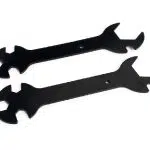

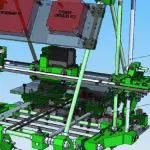


Leave a comment
You must be logged in to post a comment.